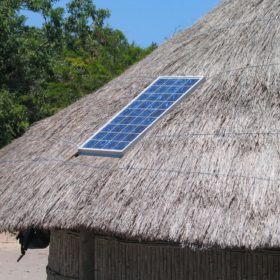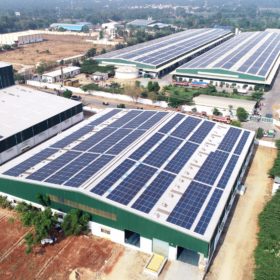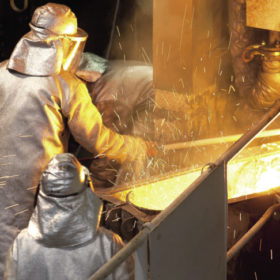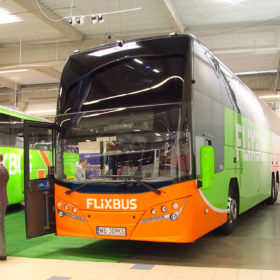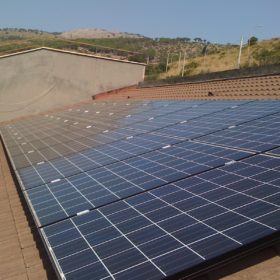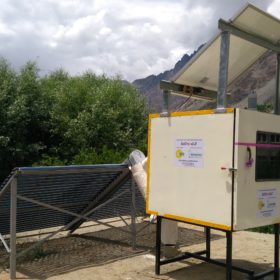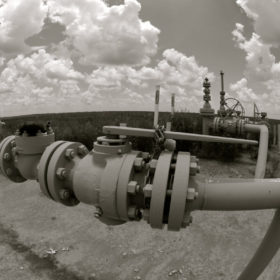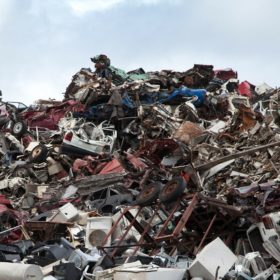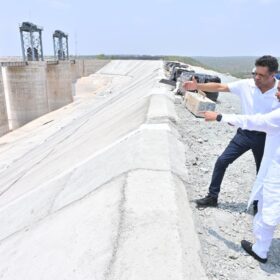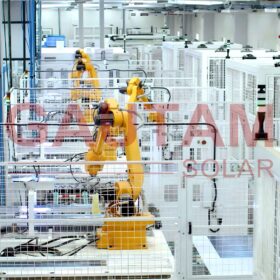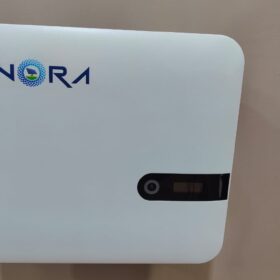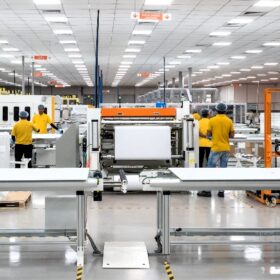Fall in off-grid solar sales deprives 5m people of access to clean power
The latest edition of the Global Off-grid Solar Market Report by the World Bank and GOGLA has called for regulatory and financial support to help off-grid distributors create jobs lost to the Covid-19 pandemic.
Self-assessment tool for renewable energy action
The Portal for Renewable Energy Action Assessment Metrics is an online rating system which enables businesses to self-assess their renewable energy consumption.
Industry leaders pledge near-zero emissions by 2050
Heavy industry players Dalmia Cement (Bharat) and Hindalco are among the companies committed to enhancing energy efficiency, renewable energy, and circular economy across their member companies and supply chains. Other signatories included Siemens Energy India, Thermax, Shell Group of Companies India and Tata Consulting Engineers.
Government to fund innovations in solar and battery storage waste management
The Department of Science & Technology (DST) under India’s Ministry Of Science & Technology seeks to fund promising R&D projects in solar panel and battery storage waste disposal and recycling. Call for proposals closes on November 15.
Thin-film agrivoltaic solar tubes
German tech company Tube Solar AG has secured €10.8 million to develop its cylindrical agrivoltaic modules. The lightweight devices could also be used on roofs until now considered unsuitable for PV.
FAME II program backs more than 27,000 EVs
The second phase of the Faster Adoption and Manufacturing of (Hybrid) and Electric Vehicles program offers purchase incentives for electric and hybrid vehicles and also supports charging infrastructure.
Fourth Partner Energy bags 4.8 MW rooftop solar project for Titagarh Wagons
Solar panels at the railway coach manufacturer’s three factories in West Bengal will cover approximately 50,000 sq m of roof space and generate around a quarter of the power used by the company each year.
CSIR-CMERI Durgapur, NISE sign pact on solar research and capacity building
The CSIR-Central Mechanical Engineering Research Institute (CMERI), Durgapur, which has expertise in the design and development of solar artifacts for multifaceted uses, and the National Institute of Solar Energy (NISE), Gurugram, will conduct joint field studies for different solar technologies and work towards skill and capacity building.
Global green hydrogen project pipeline reaches 50 GW
International thinktank IEEFA says there are 50 viable green hydrogen projects under development with an estimated renewable energy capacity of 50 GW and the potential to produce 4 million tonnes of the fuel annually.
IIT researchers consider fate of end-of-life solar modules
Scientists at the Indian Institute of Technology in New Delhi have taken a close look at the potential impact of growing volumes of PV waste and conducted surveys which suggest a lot more work is needed from manufacturers and policymakers to develop management systems for end-of-life PV products.
